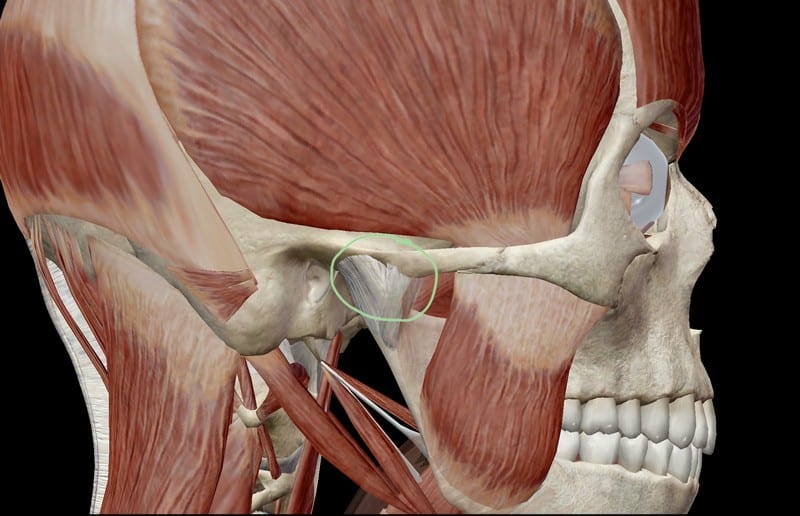Temporomandibular Joint Disorder

Temporomandibular joints refer to the two joints that connect the skull to the lower jaw skull. Precisely, these joints rotate and slide in each ear’s front, consisting of your mandible and temporal bones. They are among some of, if not the most, complex joints within the body. These joints enable the mandible’s movement along with a few other muscles. Muscle actions like swallowing, yawning, talking, and chewing become possible when adequately aligned. Conversely, any misalignment or unsynchronized movement may result in several problems, including but not necessarily limited to tinnitus.
As their name suggests, temporomandibular joint disorders are conditions that affect the temporomandibular joints, jaw muscles, and nerves associated with chronic pain in the face. In other words, it covers all problems that may prevent the system of joints, bones, and muscles from being able to function in harmony. The disorder is generally classified by myofascial pain, internal joint derangement, and degenerative diseases of the joints. Some treatments for TMJ disorders are the rest of your temporomandibular joint, pain relief medication, stress management and relaxation strategies, physical therapy, posture training, hot and ice packs, and surgery.










